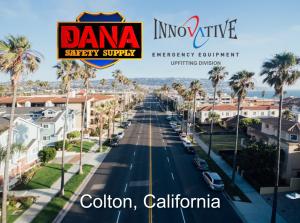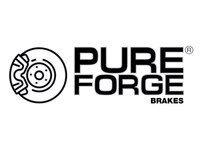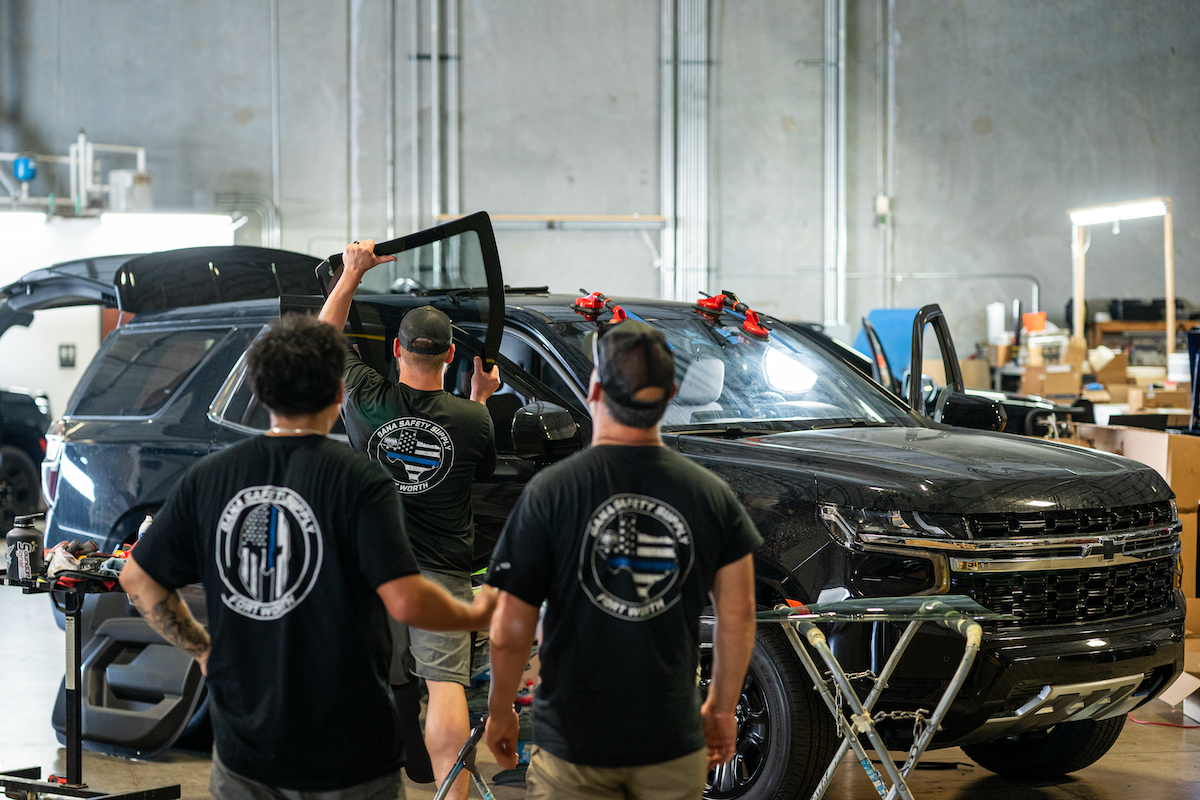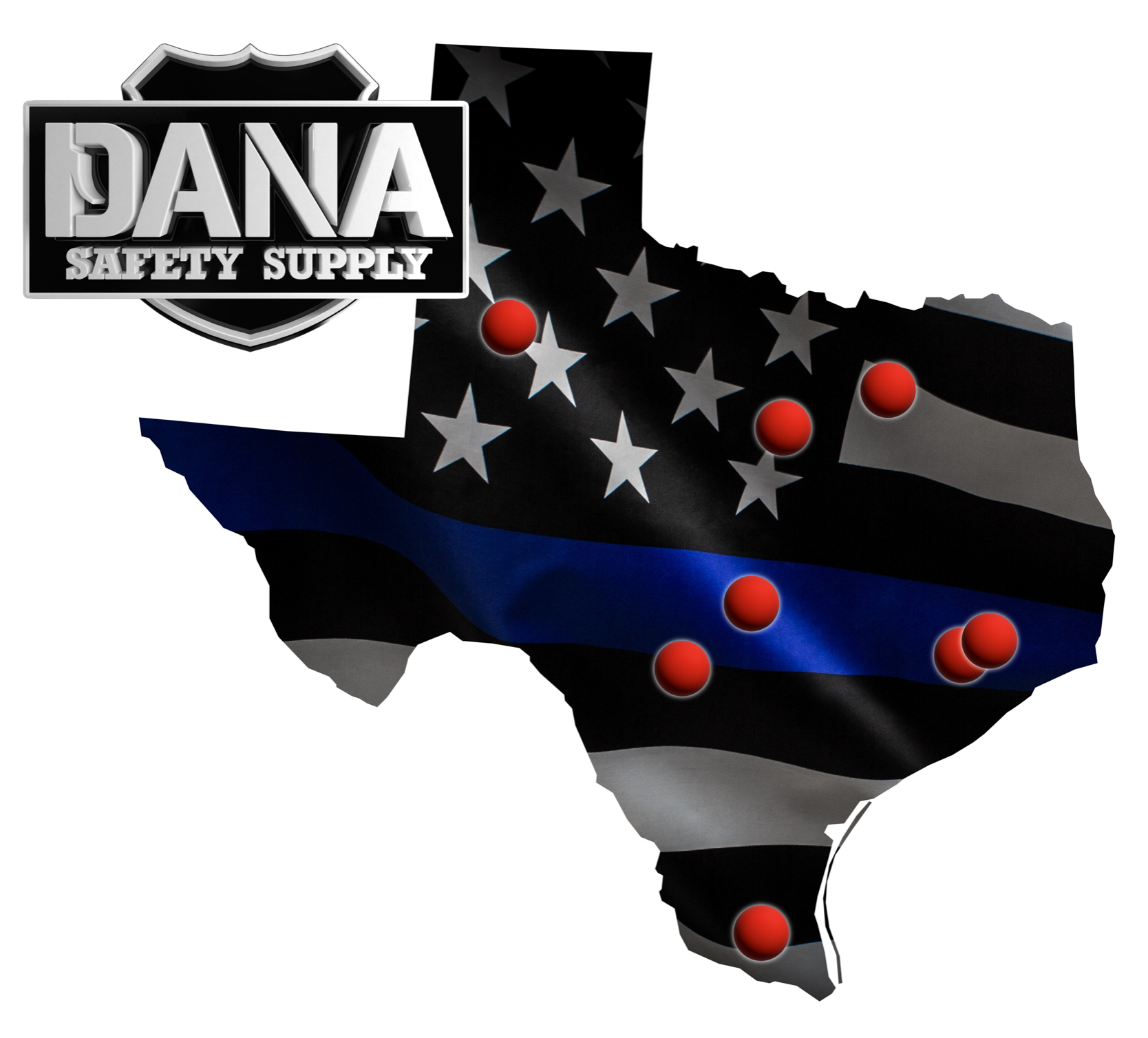The safety of police officers on duty is paramount, and a crucial element of their protection is the type of ballistic glass used in their vehicle windows. Determining the right ballistic glass for windows of police vehicles is no walk in the park, but this comprehensive guide will help you navigate the complexities of this essential component. So buckle up and get ready for an eye-opening journey!
The Basics of Ballistic Glass
What is Ballistic Glass?
Ballistic glass, also known as bulletproof glass, is a strong and durable material specifically designed to resist the impact of bullets or other high-speed projectiles. It's commonly used in applications that require enhanced security, such as police vehicles, armored cars, and military installations.
The Composition of Ballistic Glass
Ballistic glass is typically made by layering toughened glass with layers of polycarbonate or other plastic materials. This unique combination creates a robust barrier that absorbs and disperses the energy of a projectile, preventing it from penetrating the glass.
Types of Ballistic Glass
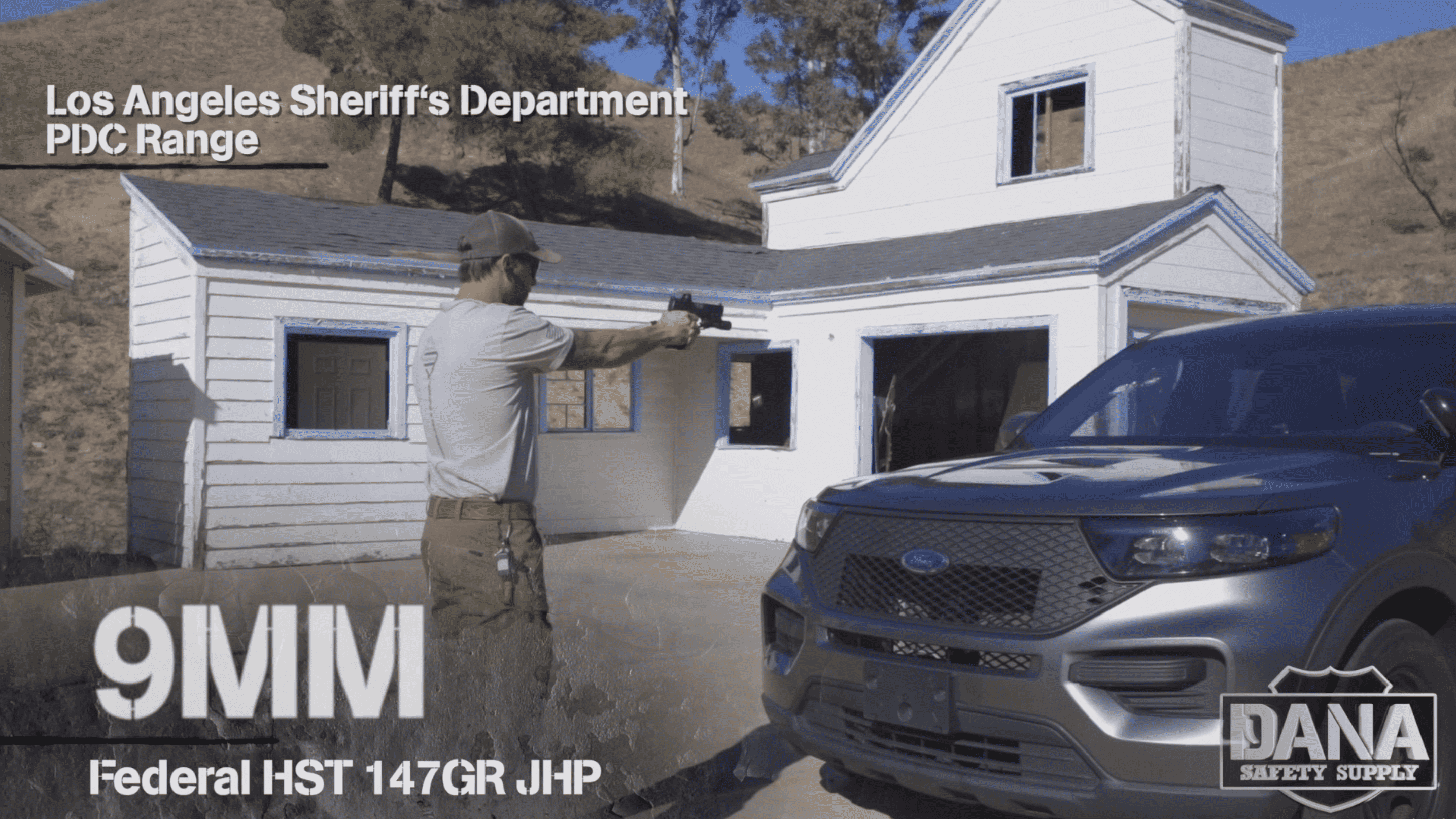
Laminated Glass
Laminated ballistic glass is composed of multiple layers of glass and a flexible interlayer, usually made of polyvinyl butyral (PVB) or ethylene-vinyl acetate (EVA). This type of glass can provide different levels of protection, depending on the thickness and number of layers.
Polycarbonate Glass
Polycarbonate glass, a type of thermoplastic material, is known for its remarkable impact resistance and lightweight properties. This type of ballistic glass is often used in combination with laminated glass to create a hybrid product that offers enhanced protection.
The Importance of Protection Levels
Understanding UL Ratings
Underwriters Laboratories (UL) is an organization that develops safety standards for various products, including ballistic glass. UL ratings determine the level of protection a particular type of ballistic glass offers against specific firearms and projectiles.
NIJ Standards
The National Institute of Justice (NIJ) also provides standards for ballistic glass protection levels. NIJ standards are commonly used by law enforcement agencies to ensure their vehicles are equipped with the appropriate level of protection.
Factors to Consider When Choosing Ballistic Glass

Threat Levels
The primary factor to consider when determining the right ballistic glass for police vehicles is the anticipated threat level. This includes the type of firearms and ammunition officers are likely to encounter during their operations.
Vehicle Type
The make and model of the police vehicle can also influence the type of ballistic glass needed. Some vehicles may require custom-made ballistic glass to ensure proper fit and performance.
Budget Constraints
While safety should never be compromised, budget constraints can play a role in selecting the appropriate ballistic glass. Weighing the cost against the benefits is essential when making a decision.
Installation and Maintenance of Ballistic Glass
Proper Installation Techniques
Professional installation of ballistic glass is crucial for ensuring its effectiveness. This includes using the appropriate adhesives and sealants, as well as following the manufacturer's guidelines.
Ongoing Maintenance and Inspection
Regular inspection and maintenance of ballistic glass can help prolong its lifespan and maintain optimal performance. This includes cleaning, checking for signs of damage, and addressing any issues that arise.
The Impact of Ballistic Glass on Vehicle Performance
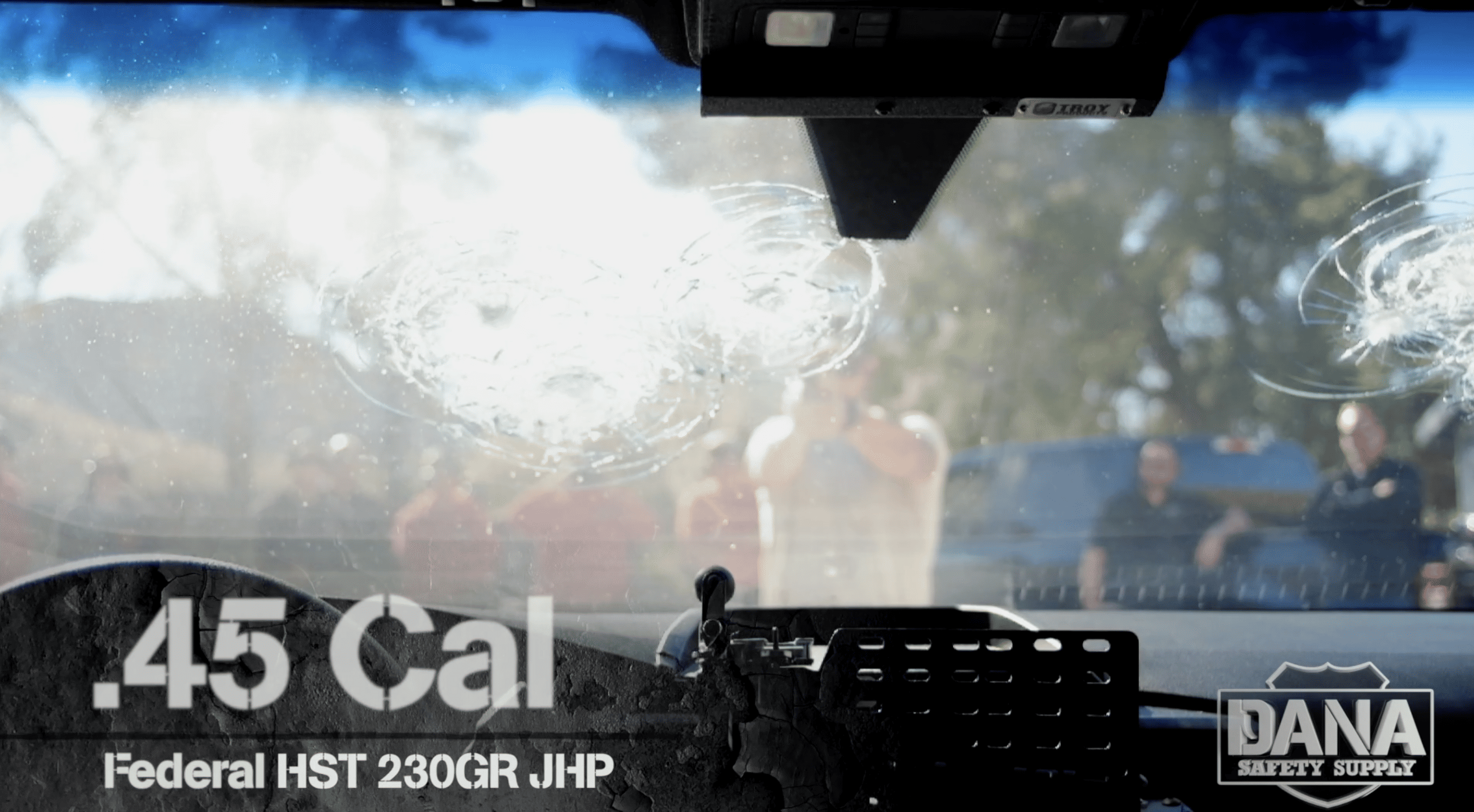
Weight Considerations
Ballistic glass is typically heavier than standard glass, which can affect a vehicle's performance, such as acceleration, braking, and fuel efficiency. When selecting ballistic glass for police vehicles, it's essential to strike a balance between the desired protection level and the impact on vehicle performance.
Suspension and Braking System Adjustments
The added weight of ballistic glass may necessitate upgrades to a vehicle's suspension and braking systems to ensure stability and safety. Consult with automotive professionals to determine if any modifications are needed when installing ballistic glass on police vehicles.
The Evolution of Ballistic Glass Technology
Advanced Materials
New materials and manufacturing processes are continually being developed to improve the performance of ballistic glass. Innovations such as nanotechnology and advanced polymers can enhance the impact resistance, durability, and weight of ballistic glass, resulting in better protection and reduced impact on vehicle performance.
Smart Glass Integration
The integration of smart glass technologies, such as electrochromic glass, can enhance the functionality of ballistic glass in police vehicles. Electrochromic glass can be electronically controlled to change its opacity, offering privacy and protection from glare, while still providing the necessary level of bullet resistance.
By staying informed about the latest developments and trends in ballistic glass technology, law enforcement agencies can continue to adapt and enhance the protection and safety of their police vehicles, ultimately ensuring the well-being of those who serve and protect our communities.
Dana Safety Supply: The Premier Choice for Ballistic Glass and More
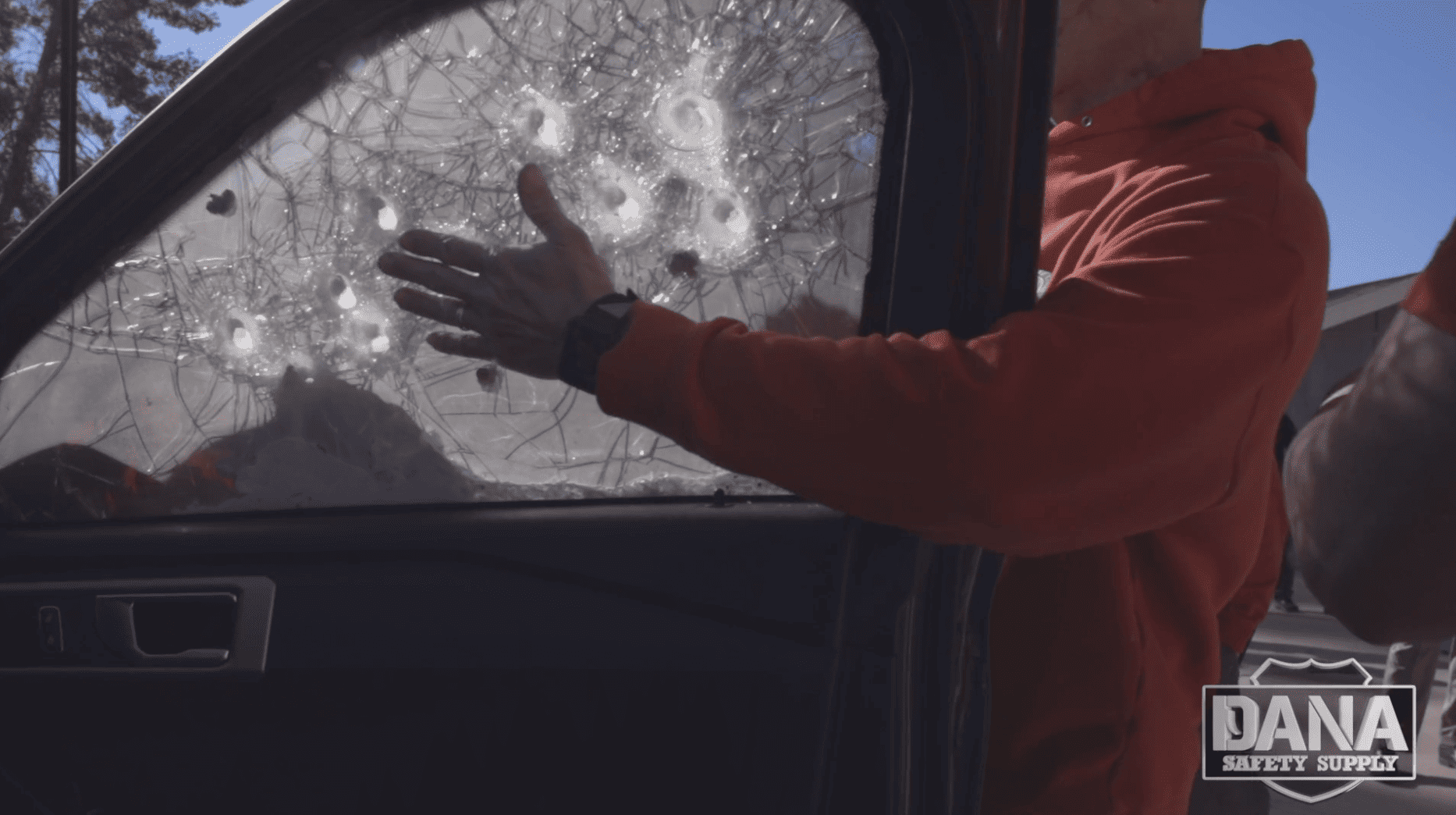
When it comes to providing top-notch ballistic glass solutions, Dana Safety Supply stands out as the industry leader. With a national reach and a steadfast commitment to serving the law enforcement community, our company is your go-to destination for premium police equipment, emergency lights, ballistic glass, and vehicle equipment.
Unmatched Expertise and Commitment to Quality
At Dana Safety Supply, we take pride in our in-depth understanding of the unique needs and challenges faced by law enforcement professionals. We offer an extensive selection of tactical gear, duty gear, and body armor, all designed to ensure the safety and peak performance of those who serve and protect our communities. Our comprehensive range of police apparel, law enforcement accessories, and security products cater to the specific requirements of our customers, ensuring a seamless and satisfactory experience.
Cutting-Edge Ballistic Glass Solutions
When it comes to ballistic glass for police vehicles, Dana Safety Supply is the best in the business. We work closely with reputable manufacturers that adhere to stringent UL and NIJ standards, ensuring that our ballistic glass products meet the highest quality and safety benchmarks. Moreover, our customization options allow us to tailor ballistic glass solutions to the unique specifications of your police vehicles, ensuring optimal fit and performance.
A Nationwide Network of Support
Dana Safety Supply's national reach allows us to serve law enforcement agencies and professionals across the country. Our dedicated team of experts is always on hand to provide guidance, support, and recommendations to help you make the best decision when selecting ballistic glass and other law enforcement equipment. With a strong focus on customer satisfaction and prompt delivery, you can trust Dana Safety Supply to exceed your expectations and deliver the products you need when you need them.
Your Trusted Partner in Law Enforcement Equipment
Choose Dana Safety Supply for all your ballistic glass and law enforcement equipment needs. With our unwavering commitment to quality, extensive product offerings, and nationwide reach, we're the ideal partner to help ensure the safety and effectiveness of your police vehicles and officers. Contact us today and discover the Dana Safety Supply difference for yourself.
Frequently Asked Questions About Ballistic Glass For Windows
What is the difference between bulletproof and bullet-resistant glass?
Although the terms are often used interchangeably, bulletproof glass implies complete invulnerability to bullets, while bullet-resistant glass offers varying levels of protection. No glass is truly "bulletproof," but bullet-resistant glass can provide adequate protection against specific firearms and projectiles.
How thick does ballistic glass need to be for police vehicles?
The required thickness of ballistic glass for police vehicles depends on the desired protection level. In general, the greater the threat level, the thicker the glass. However, it's essential to consult with manufacturers and follow UL and NIJ standards to determine the appropriate thickness for a specific application.
Can ballistic glass be replaced or upgraded?
Yes, ballistic glass can be replaced or upgraded as needed. If a police vehicle's ballistic glass has sustained damage or if there's a need for increased protection due to changing threat levels, it's essential to replace or upgrade the glass accordingly.
Does ballistic glass affect the visibility and functionality of vehicle windows?
High-quality ballistic glass should maintain good visibility and functionality. However, it's essential to ensure that the glass is properly installed and maintained to avoid any issues related to visibility or window operation.
How can I determine if the ballistic glass on a police vehicle is still effective?
Regular inspection and maintenance are crucial for ensuring the effectiveness of ballistic glass. Look for signs of damage, such as cracks or delamination, which can indicate a need for replacement. Additionally, consulting with the manufacturer or a certified professional can help assess the glass's performance and protection level.
Do all police vehicles require ballistic glass?
While not every police vehicle may need ballistic glass, it's essential to consider the specific application, threat levels, and potential risks that officers may face. Ballistic glass is recommended for vehicles used in high-risk situations or when officers are likely to encounter gunfire.
Determining the right ballistic glass for windows of police vehicles involves a comprehensive understanding of the various factors at play. From protection levels and vehicle types to proper installation and maintenance, every aspect is crucial in ensuring the safety and well-being of law enforcement officers. By following the guidelines outlined in this article, you can make an informed decision that maximizes protection and minimizes risk for those who serve and protect our communities.


